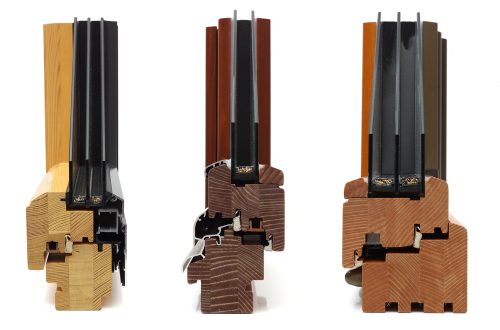Installing Solar panels are a great way for homeowners to save money on their energy bills and reduce their carbon footprint. They don’t require much maintenance after installation and provide a high return on investment, even when installed with a payment plan.
After signing a contract, a local engineer will come to your home to evaluate the electrical system and make sure it’s compatible with your new solar panel system design. This is typically done by an engineer working directly for your installer or a third-party independent provider.
Location
The location of your solar panels is a critical factor in ensuring they work as efficiently as possible. This is because sunlight can only be converted into electricity when it’s facing the sun.
There are a few important factors that determine the best solar panel location for you. These include your latitude, the distance from the sun, and the pitch of your roof.
You also need to consider how your solar panels will be angled towards the sun. This can have a dramatic effect on the amount of electricity your solar system will produce.
The optimum angle for solar panels in the United States is to face south, which receives the most sunlight. This is the same direction that a compass points.
Modules
Photovoltaic modules are a critical component of a solar system. They produce electricity and store it in a battery pack. Modules are stacked in rows and connected in series to produce a voltage or current that is proportional to the output of each module.
The costs of photovoltaic modules have been declining since the early 2000s. This has made solar energy more affordable and more accessible to the general public.
In addition, solar panels can be integrated into building construction. This is called building-integrated photovoltaics or BIPV.
This is a great solution for commercial buildings that don’t want to build a frame around each solar panel or for homes and businesses with problems with their roofs.
MLPE (module-level power electronics) devices such as microinverters and optimizers help improve the performance of solar PV systems. MLPE can also help recoup energy lost by shading.
Accessories
Aside from the solar panels, there are many accessories that are used to install a solar system. This includes racking systems, wiring, and inverters.
The racking systems attach to the roof and are angled for the best sun exposure. They’re also sturdy and resistant to damage from wind.
Solar racking mounts are made from aluminum and are very strong. They’re also very easy to remove.
Once the racking is on, you can install the solar panels onto it. They should be mounted using special mounting clamps, which can be purchased at a local hardware store.
The next step is to wire the solar panels together. These cables connect the solar panel to each other and then to the inverter. This should be done with MC4 connectors. Make sure to shut off your household’s electricity supply during this process.
Wiring
Solar panels require wiring to connect to the power source. This includes a charge controller, inverter, and battery (in an off-grid system).
The type of wire used is important to the operation of your system, as it needs to be rated to handle the current that your system produces. Using wire that is rated for less current than your system can cause problems like overheating and possibly a fire.
Wiring is done by stringing panels together in series or parallel.
Panels that are wired in series have a positive terminal connected to a negative terminal of the next panel and so on. The resulting voltage is the sum of all the panel voltages in the string, but the total current is equal to the output current of a single panel.
However, it is important to note that different types of panels can only be connected in series if they have the same voltage and wattage rating. Moreover, it is recommended that you consult your distributor before wiring panels with differing power ratings in series.

